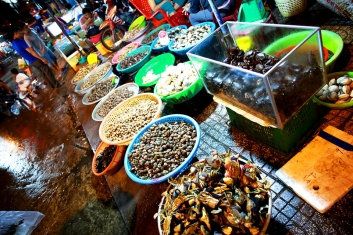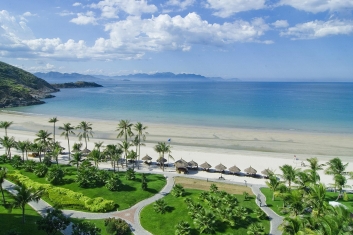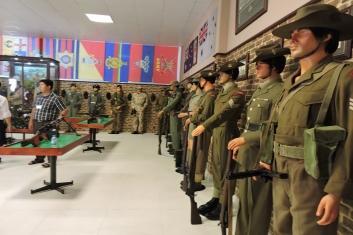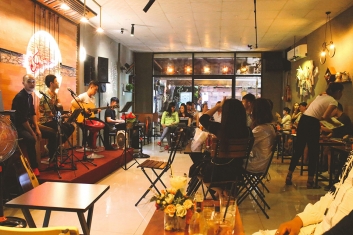![]() Vietnam Travel Guide
Vietnam Travel Guide
Vietnam 54 Ethnic Groups
Vietnam currently has about 92 million of a population which includes 54 ethnic groups separated into dozens of small groups. That diversity gives the country the richest and most complex ethnic make-up in the whole of Southeast Asia. Kinh or Viet people make up about 88% of the population. Another group which upwards of 500,000 includes the Tay, Muong, H’Mong, Thau, Hoa, Dao…
Viet (Kinh) People
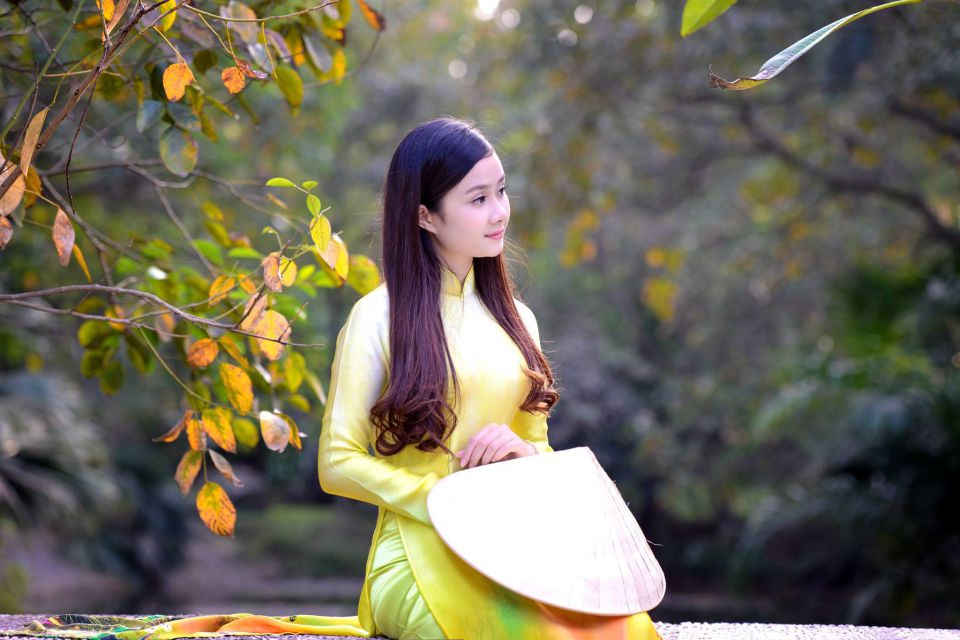
This biggest group of the Vietnamese live in the hilly regions in the North of Vietnam, down the Truong Son Mountain range, and also in the Central Highlands. Little is known about the origins of many of these people, some of whom already inhabited the area before the ancestors of the Viet reached from Southern China around four to five thousand years ago. At some point, the Viet appeared as a distinct group from among the various original peoples living around the Red River Delta and then gradually fascinated smaller communities until they became the dominant culture.Other groups continued to interact with the Viet people, but either chose to maintain their disinterest in the highlands or were forced up into the hills, off the ever-more-crowded coastal plains.
Vietnamese legend accounts for this ultimate split between lowlanders and highlanders as follows: the Dragon King of the south married Au Co, a gorgeous northern princess, and at first they were in the mountains where she gave birth to a hundred strong, good-looking boys. After a while, nevertheless, the Dragon King missed his watery, lowland home and escaped with half his sons, leaving fifty behind in the highlands – the dynasties of the ethnic minorities.
Highlanders
While the ethnic-Vietnamese and Chinese live mainly in urban centers and coastal areas, the lasting people, an estimated 10% of Vietnam’s total population, are found primarily in the high country. Certainly the most colorful of the hill communities reside in the Northwest and Northeast, in the lavish highland area along the Lao and Chinese borders, while many of the tribes in the Central Highlands and the south can be hard to distinguish.
The French called them Montagnards (meaning ‘highlanders’ or ‘mountain people’) and still use this term when speaking in French or English. Some have lived in Vietnam for thousands of years, while others transferred into the region in the past few centuries.
The areas occupied by each group are often surrounded by altitude, with later comings settling at higher elevations. Most of the individual ethnic groups share basic, similar traits in their daily lives and are often most easily identified by differences in language, physical types, and traditional dress. They have a country, agricultural lifestyle and show connections in village architecture and traditional rituals and have a long history of inter-tribal warfare. Many of the tribes are semi-nomadic, cultivating crops such as ‘dry’ rice using slash-and-burn methods, which have taken a heavy toll on the environment.
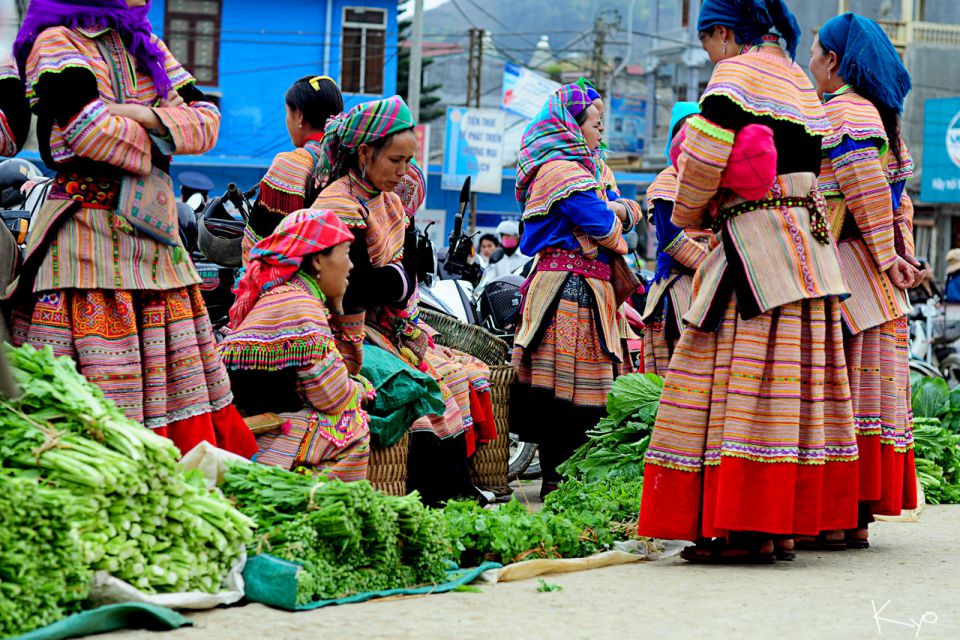
Deforestation
Because such performs destroy the ever-dwindling forests, the government has been trying to boost them to adopt more settled agriculture often at lower altitudes, with wet (paddy) rice and cash crops such as tea coffee and cinnamon. Still, despite the magnetism of benefits like subsidized irrigation, better education and health care, a long history of nonconformist attitudes, coupled with a general distrust of the lowland ethnic-Vietnamese majority, keeps many away from the lowlands.
Western influence
As is the case in other parts of Asia, the rich, inherent culture of so many of Vietnam’s ethnic minorities has slowly given way to a variety of outside influences. Many tribes have been so assimilated into mainstream Vietnamese society that very few even dress in traditional garb. Most of those who do are found in the remote villages of the far north, and even there it is often only the women who do so, while the men more typically have switched over to Vietnamese or western-style clothes. While factors such as the introduction of electricity, modern medicine, and education do create advantages, unfortunately, such evolution has brought about the abandonment of many age-old traditions.
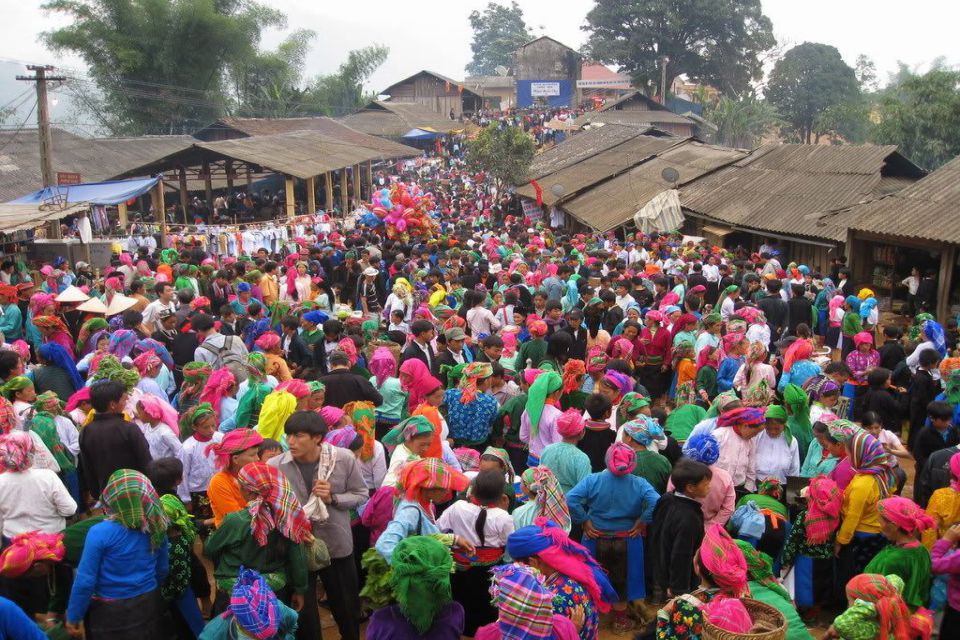
Tourism impact
Recently, tourism has an effect on the life of residents here very much. More and more tourists travel to see the different ethnic minorities, so further exposure to lowlanders and a developing trend toward commercialism will likely worsen the situation. It’s obvious that in some areas, like Sapa and Bac Ha, adorable children who used to just stare, laugh or run away at the sight of a foreigner have begun to warm up, often expecting handouts of money or candy.
Even though there a number of origins, languages, traditional and traditional dress and culture, we still can see many similarities among the highland groups that distinguish them from Vietpeople. It is obvious that the stilt house, which protects people from snakes, vermin, and larger beasts as well as floods and provides the safe stabling for domestic animals.
Copyright © 2016 Journey Vietnam.


